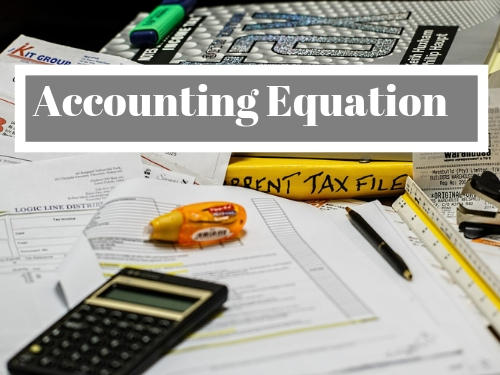Sales DayBook in Accounting with Format and Example
Journal or Daybook; Journal word is derived from the Latin-French word “Jour”. Jour means day and journal means daily. This is the first step of accounting. Here in the daybook, every transaction of the day is entered as per the classification of accounts, on the basis of it ledgers are maintained. Later on the basis of closing balances of ledgers profit and loss account and trial balances (Balance sheets) prepared.
As per Walter Grierson: a book assisting to the ledger.
In the sales daybook, the main concern is recording entries on daily basis, a transaction that occurred it should be entered in the book of Journal/Daybook with the dual concept along with short narration. You may also call the seed of accounting the daybook. Its Cashier’s Job Description to maintain the book.
Features of Journal/ Daybook
- Classified and summaries entry of every transaction
- Updated book, as updated on daily basis.
- The closing balance of any account type could not be traced, For that need to update the ledgers
- Simple format and easy to update
The process of Sale Day Book
- A business transaction occurred (all transaction must relate to the business only)
- Voucher is prepared (A proof of the transaction and for reference of Daybook Entry)
- Enter into the Journal / Daybook

Format of Daybook
- Date: When the transaction occurred
- Detail: Summary of Transaction, What is debit and Credit and description of the entry
- Ledger Folio: Reference of the ledger, where daybook entry is posted in the ledger. This is for tracking and auditing purpose. Usually, the ledger page number is posted in the Daybook entry, after updating the ledger
- Debit Amount, first enter debited Entry account type and enter the amount in Debit column.
- Credit Amount: Then Credit amount is updated as per dual concept, with the relevant account type.
- Description; A brief description then posted at the end of the transaction.
Every Accountant or bookkeeper should have basic knowledge of Debit and Credit for updating the records in the journal. 3 Golden Rules of accounting helps a lot for clearing the accounting steps.
Example
Furniture is purchased of $5000 from the shop for business use on cash at dated 28 Jan 2017. After purchasing the Furniture, the amount paid and a voucher is received (Proof of payment). Then Daybook is updated with the date of 28-Jan, 2017. Furniture (asset) is debt and amount $5000 entered in the debit column. As it was purchased on the basis of Cash so Cash is credit with $5000 in the credit column. In the end, a description is entered that Furniture purchased in cash.






